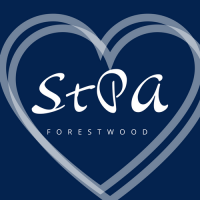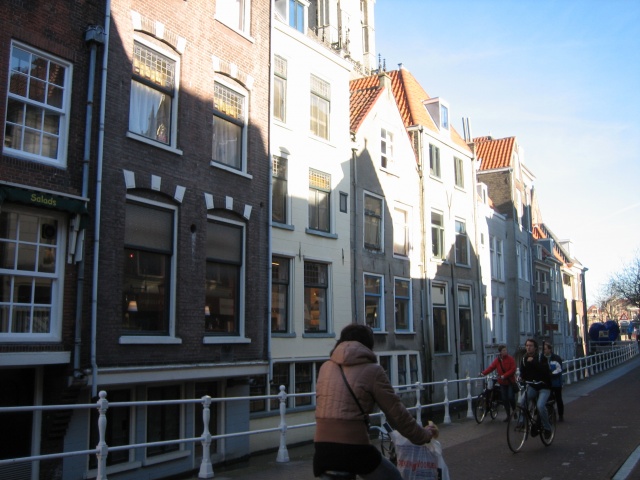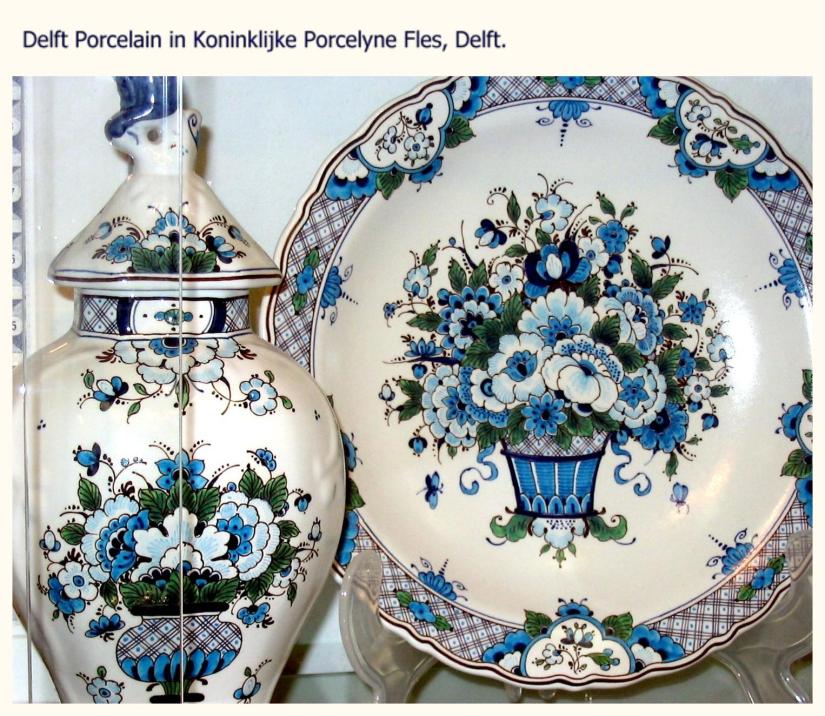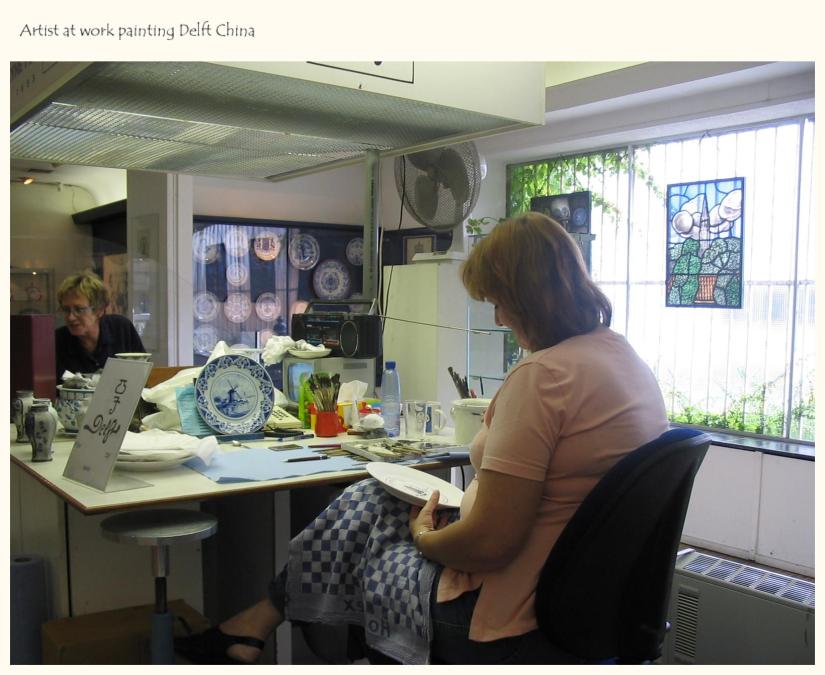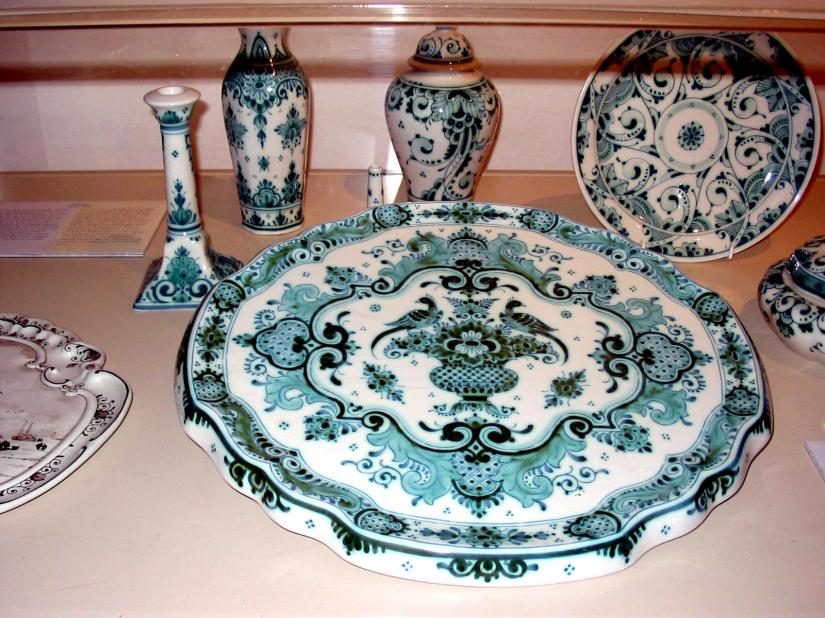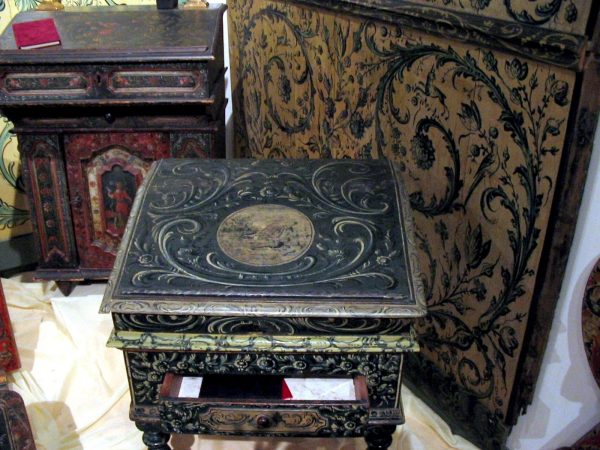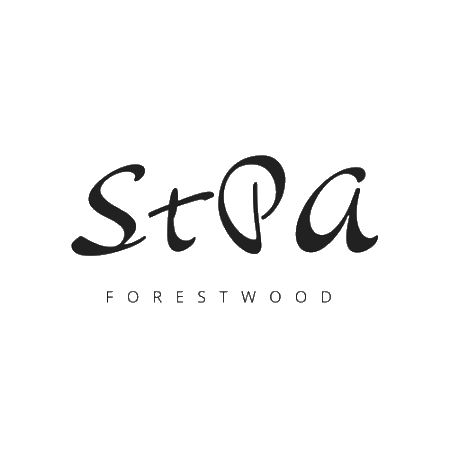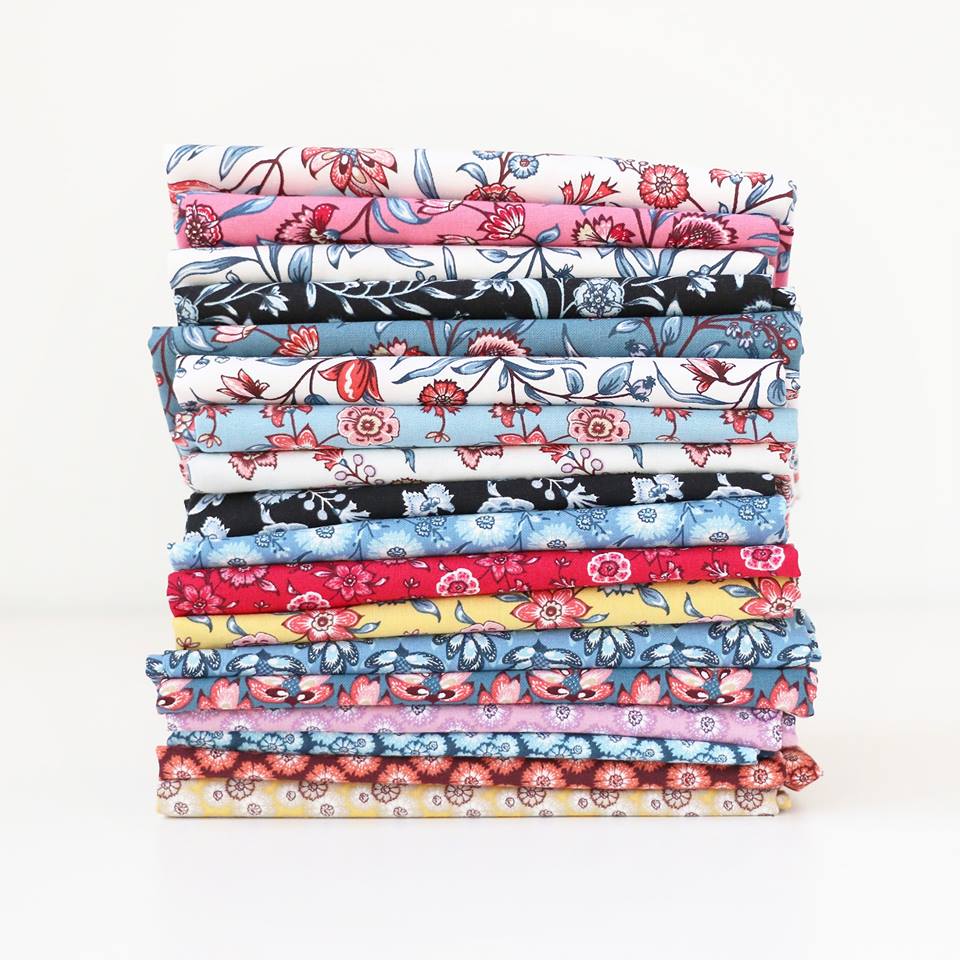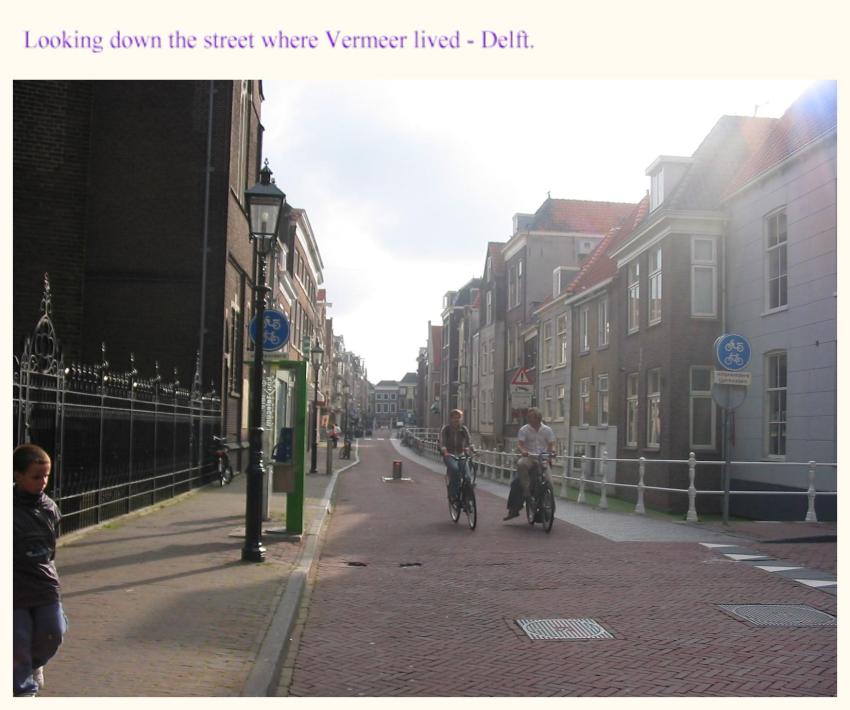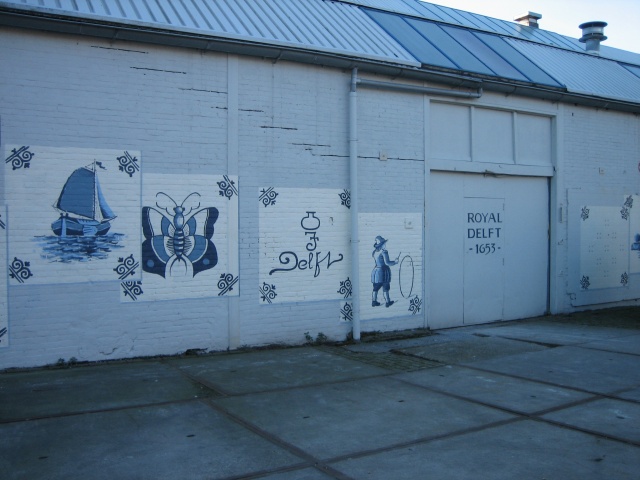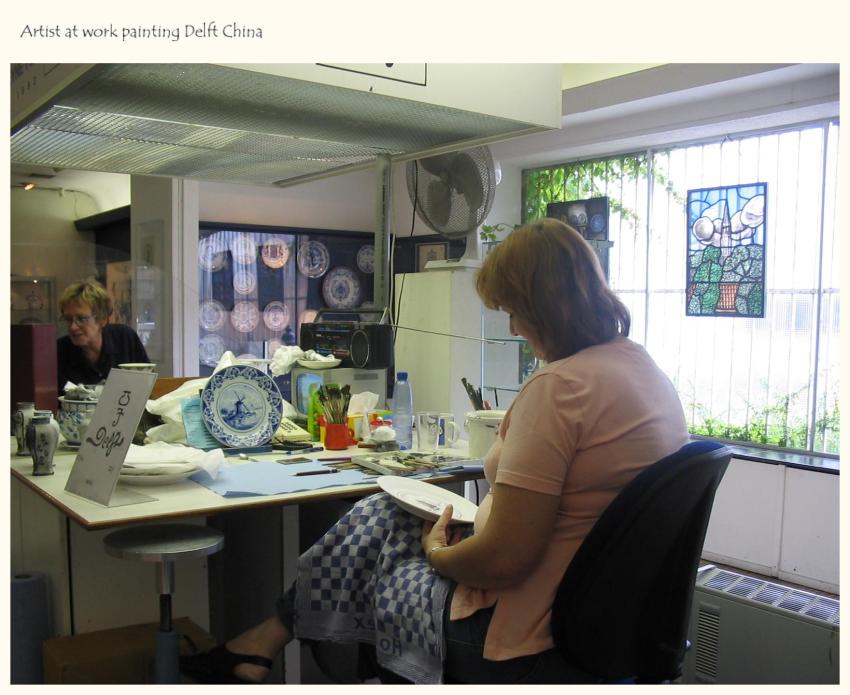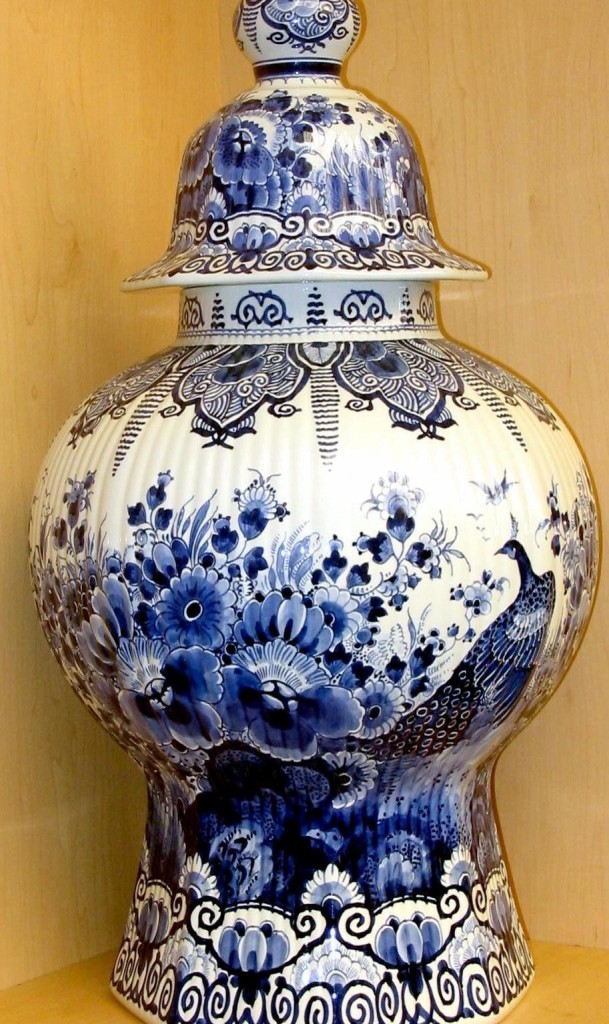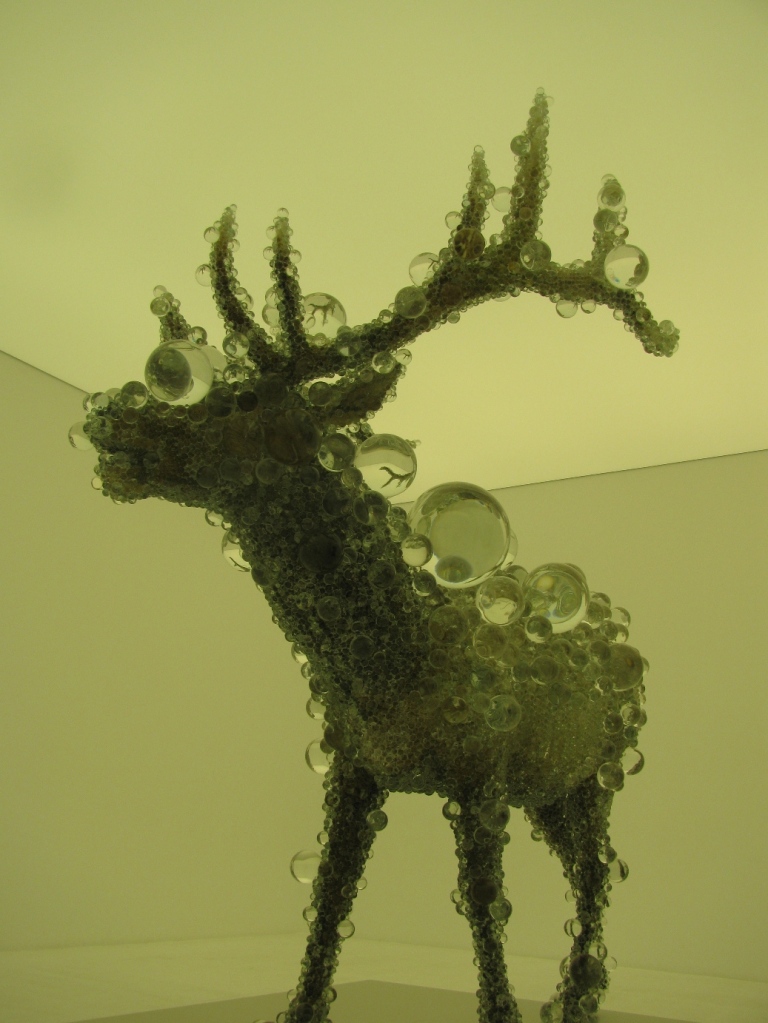The Netherlands: 1640

Ettie’s World
Mother would be cross if she knew.
Those in the room did not hear her. She was stealth. Years of practice at being invisible. But she need not have worried. A Servant’s child was never noticed.
It was early, yet her mother had risen hours ago, lighting fires, labouring in the laundry and helping the cook prepare breakfast.
Mother would be cross if she knew where she was.
Ettie’s curiosity beckoned her to the parlour with its elegance. A boastful room with velvet furnishings and heavy drapes like condescending sentinels. These were rooms in which she would never belong.
In her imaginings, Ettie’s life was more opulent than a future of servitude and dirty laundry. It was a world where her stomach was full, where she wore fine dresses and lived in a affluent house with two parents who were both present and healthy. Where they were toys and laughter. A world of mere imaginings. Ettie was sure, in that world, she would wear pretty white bonnets, starched and stiff, shiny leather shoes, and would carry a stick wrapped in silk ribbons of pink and blue.
Mother would be cross if she knew where she was.
Ettie didn’t know what the ribboned stick signified. Nor had she ever worn shoes. Perhaps a princess had lost this shoe while dancing at a ball. The stick might belong to a wizard. For casting spells and magic that would bring a smile to her mother’s drawn and pale face and cure her pains.
Mother would be cross if she knew where she was.
Ettie had snuck into the parlour. She a peasant child with no father and no business among Persian rugs, fine china and ornate ornaments from distant lands. A place where the waft of tobacco lingered from time to time when he was home.
Ettie had heard stories about him, stories of a distinguished Seafaring Captain who was nearly eight foot tall. She knew when he would arrive – everyone rushed about in a frenzy – polishing silverware and scrubbing floors until they gleamed. The smell of Roast duckling cooking in the kitchen. Its aroma enticing, although Ettie had never eaten it.
Once, after the Captain had finished his dinner, she‘d been given the privilege of feeding his dog the juicy dinner scraps. Afterwards, Ettie had licked her fingers. The deliciousness had made her taste-buds tingle, tasting of sweet meat and orange.
Mother would be cross if she knew where she was.
Ettie is quiet, crouching in the corner near the hearth. Invisible. When the Captain summons the servants to clear away breakfast, she sees his face. His long beard, the smiley, green eyes. The same eyes. She knows green eyes are special because everyone tells her that, and she is the only one who has them.
The master reaches for his long smoking pipe, then pauses. He has seen her. Crouching in the corner. He says nothing. So she watches him, fingers entwined. He looks at Ettie when the servants have diverted the Mistress’ attention and a smile creeps into the corner of his mouth. It is the same smile he saves for her mother when he passes her in the hall.
Ettie had wondered why her mother never smiled back. Her eyes always downcast, avoiding, never meeting his – in deference, Ettie once supposed.
Now she isn’t so sure.
Whispers among the servants – the green-eyed Captain’s child.
Mother would be cross if she knew.
This piece is written for Kay Castaneda’s monthly writing Challenge. For this challenge, bloggers write an original poem, blog post or brief story using a prompt of a painting, provided. You have a month to post your poem/story. See more at: bookplaces.blog
